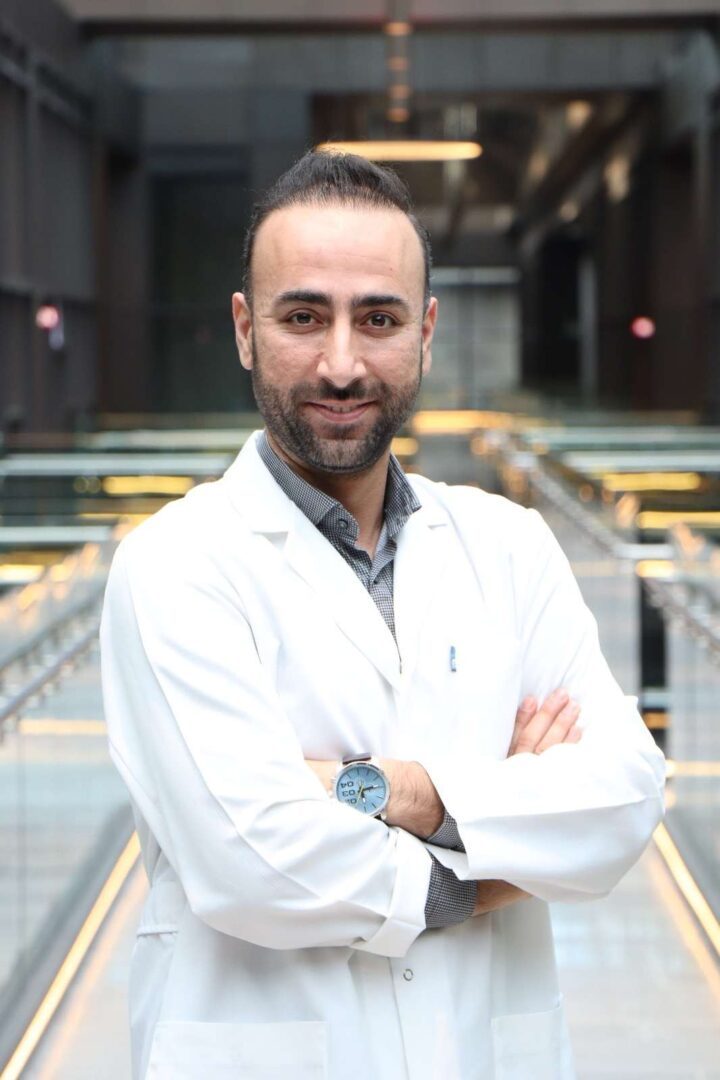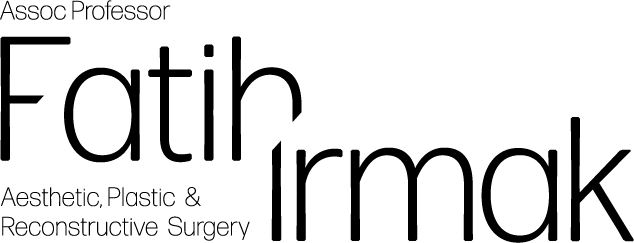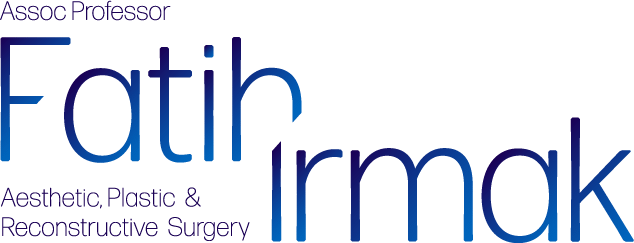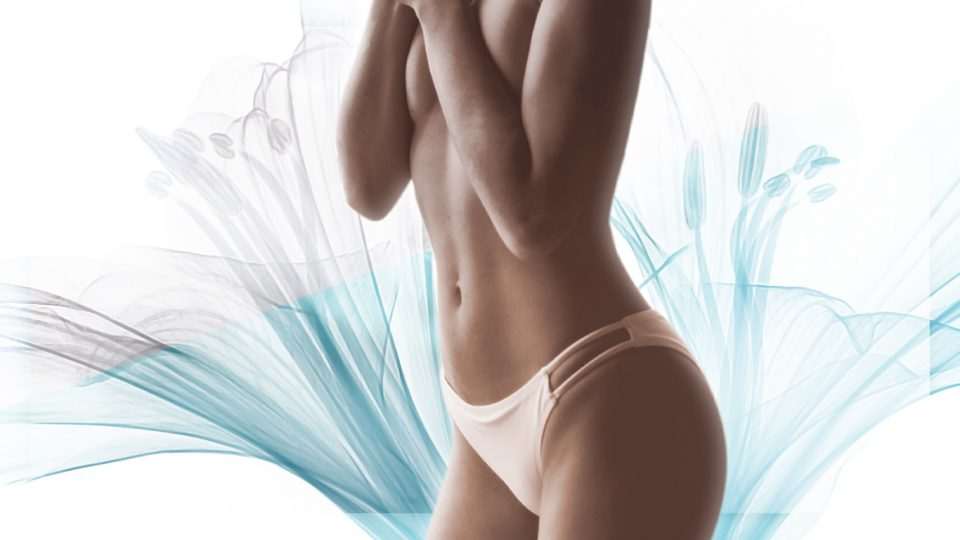Prof. Dr. Fatih Irmak ile Tanışın

Prof. Dr. Fatih IRMAK
Avrupa Board Sertifikalı (EBOBRAS)
Plastik ve Estetik cerrah
Kozmetik ve estetik ihtiyaçlarınız için İstanbul’a geldiğinizde bir hasta olarak, seçtiğiniz cerrahtan belirli nitelikler beklemelisiniz.
Cerrahınız size özel planlamalar sunmalıdır; hasta odaklı bir yaklaşıma sahip olmalı, güvenliğinize ve rahatınıza öncelik vermeli ve arzu edilen, tatmin edici ve doğal görünen sonuçlar elde etmek için tıp ve sanatın nasıl birleştirileceğini bilmelidir.
Avrupa Board Sertifikalı (EBOBRAS) cerrah Prof.Dr.Fatih Irmak, hastalara mükemmel bakım standardı ve şahsa özel tıbbi deneyim sunmak için bu nitelikleri birleştirmektedir.
Yüz, burun, meme, vücut şekillendirme ve BBL (Brezilya Poposu) prosedürleri konusunda uzmanlaşmış, İstanbul’da tanışabileceğiniz en yetenekli cerrahlardan biridir. Ayrıca botoks ve dolgu uygulamları gibi cerrahi olmayan seçenekler de sunar.







